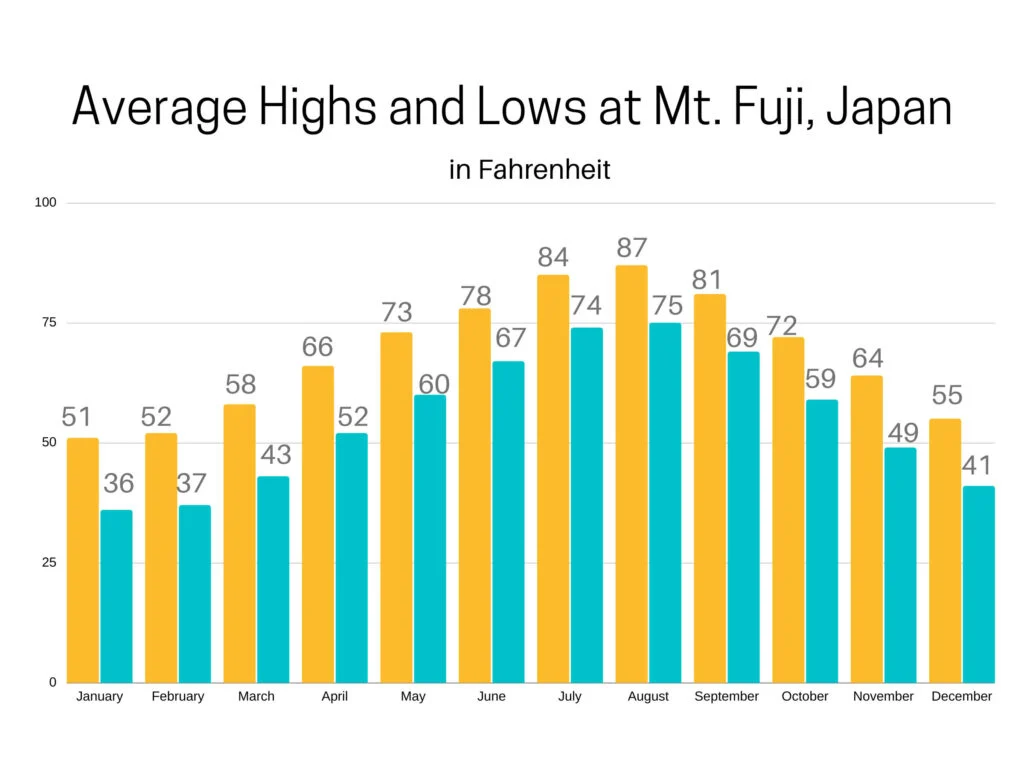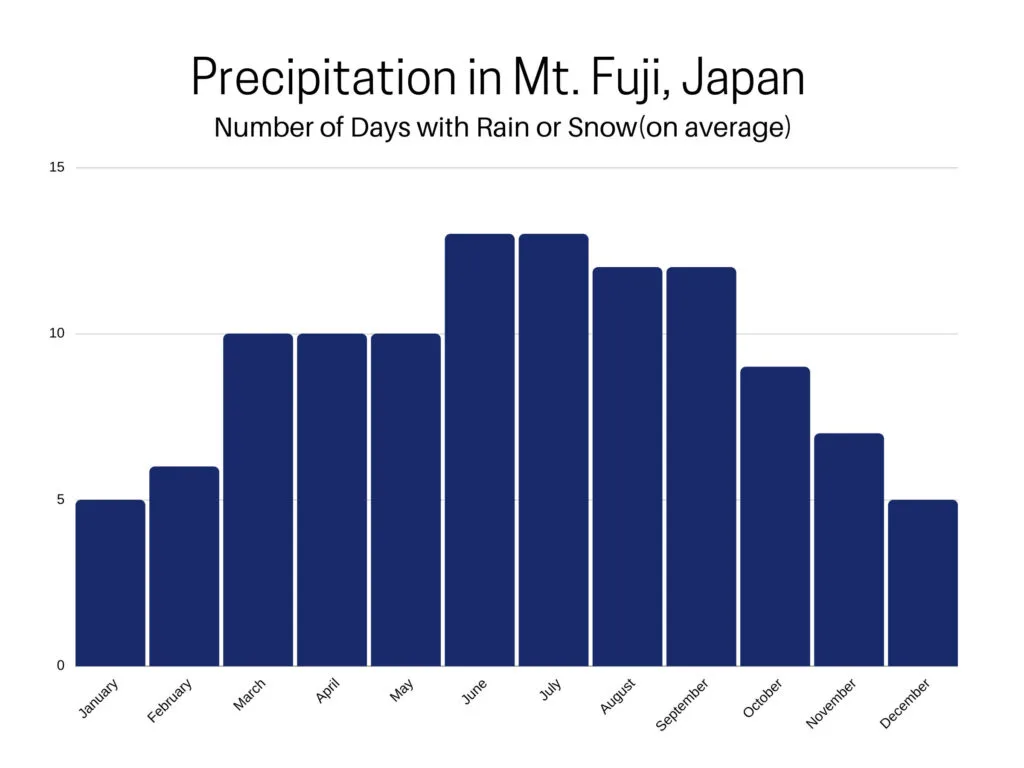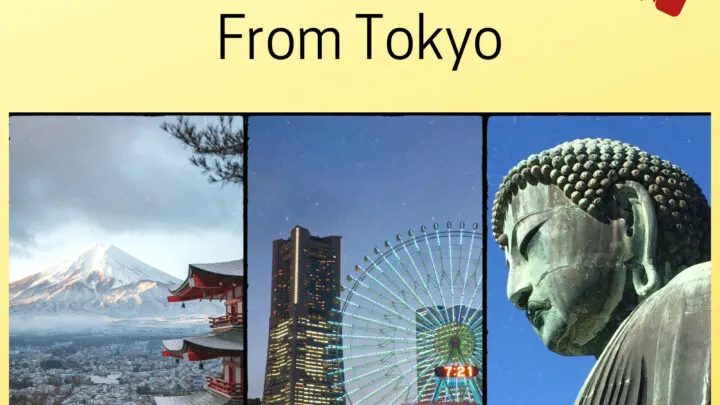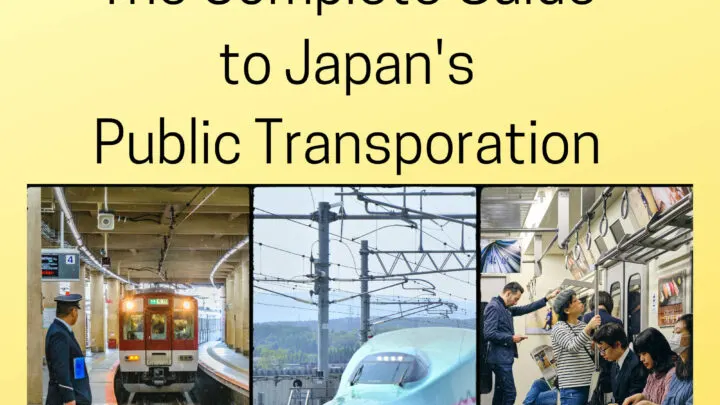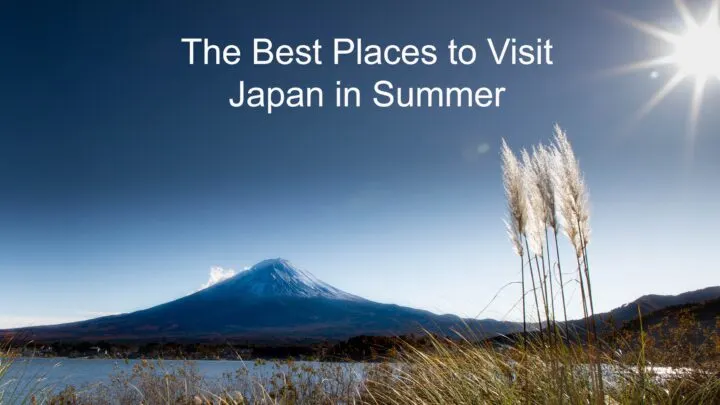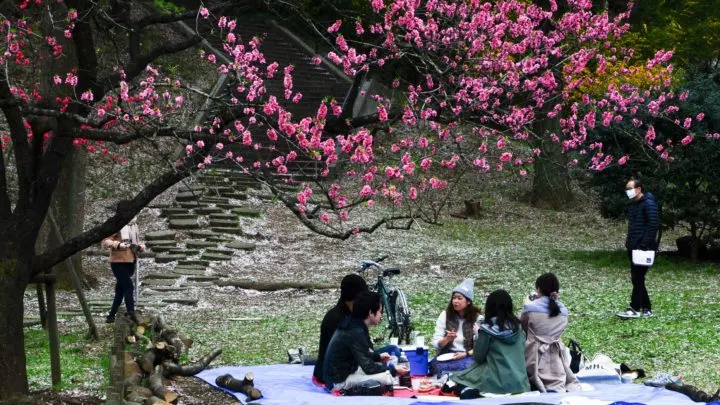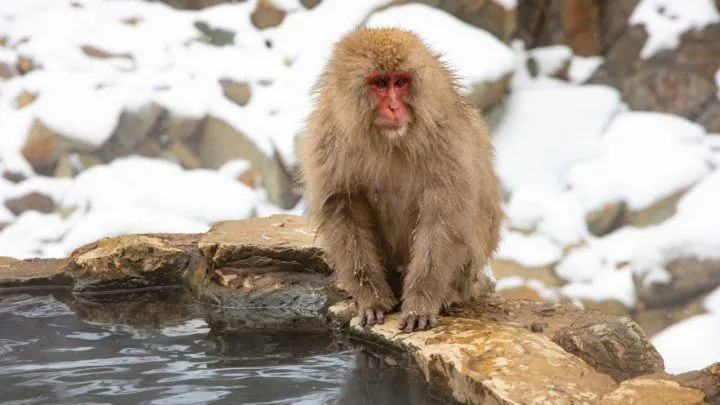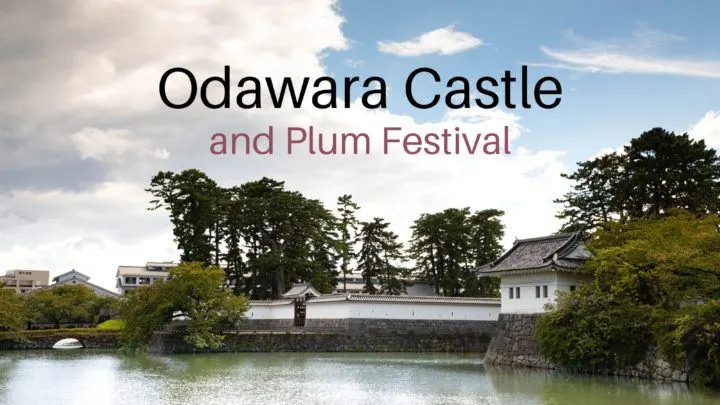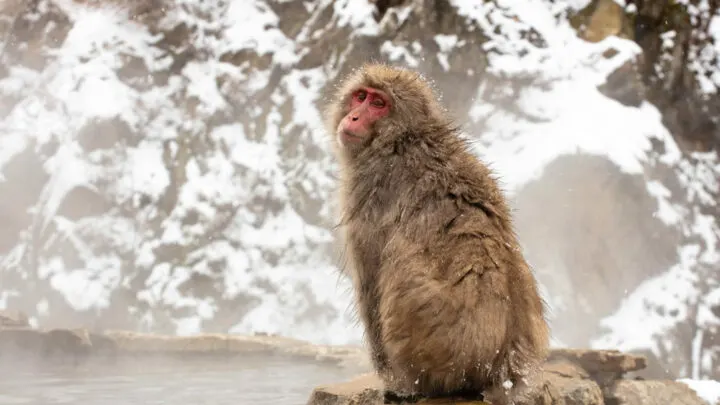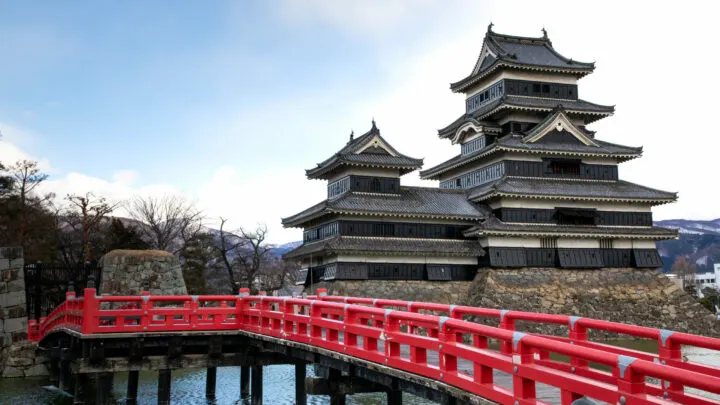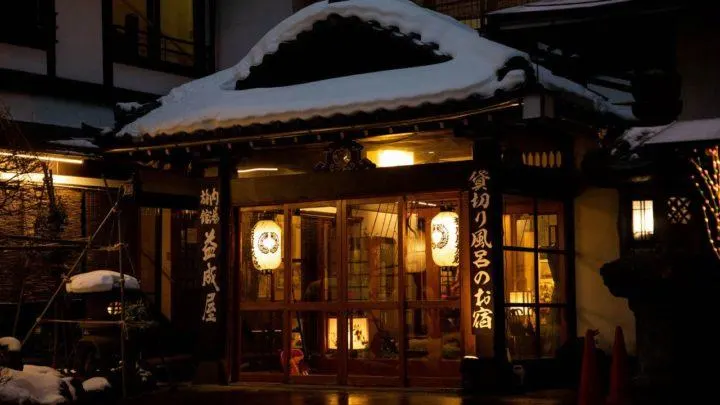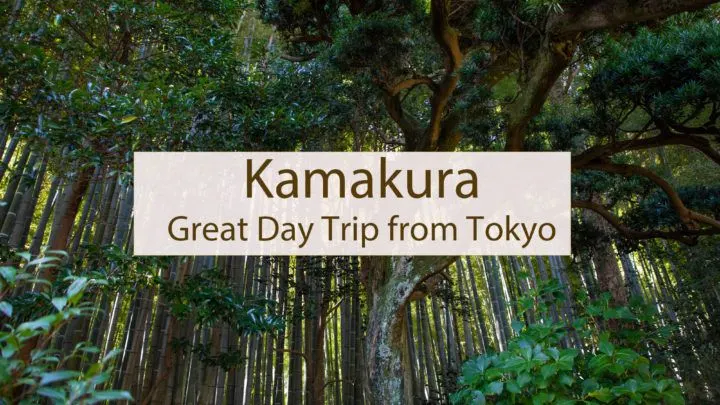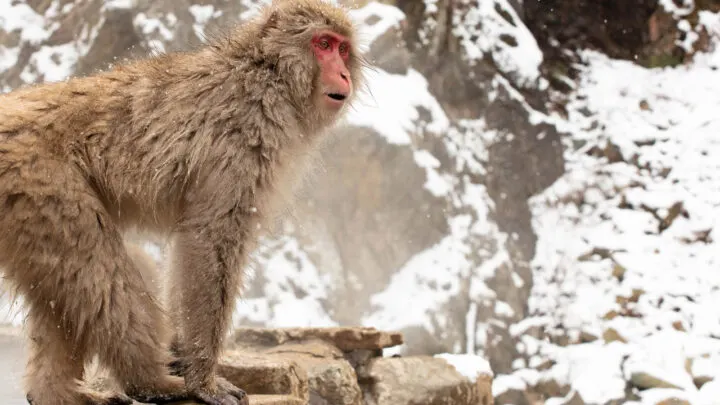Are you planning a trip to Japan? You won’t want to miss an opportunity to go to the most iconic, important, and sacred mountain, will you? Visiting Mt. Fuji, whether you climb it or not, should be on your itinerary. We’ll tell you how to do it.
For two years we lived on the Kanto Plain in Japan, within driving distance of the most famous and sacred mountain in Japan, Fuji. We often took advantage of the proximity and for a nice day out would drive there to find some awesome views, go up to the fifth station, or just meander around the countryside.
On a typical drive, we choose a very clear day and take the coast road from Kamakura until we can get on the Tomei highway towards the Japanese Alps.
This route lets us check out the beaches which are usually sporting some good waves, with the surfers out in huge numbers in their wet suits. As the drive can be a bit slow up until Enoshima, we have plenty of time to see them catching a wave and even see some of them wiping out, which duh, is the best part.
Nearing the exit to Fuji National Park, you can look off to the left and see Mt. Fuji! Huge and in all its glory, the mountain is usually covered with snow at the top.
Most of the year, the temperature below the mountain is still a cool and comfortable 70 degrees Fahrenheit, but once you start to ascend, you can definitely feel it getting crisper and colder.
Locals and tourists alike will be wearing hiking gear and heavy-duty raincoats or even winter jackets. Jim and I always bring our favorite all-weather rain jackets and hiking sandals.
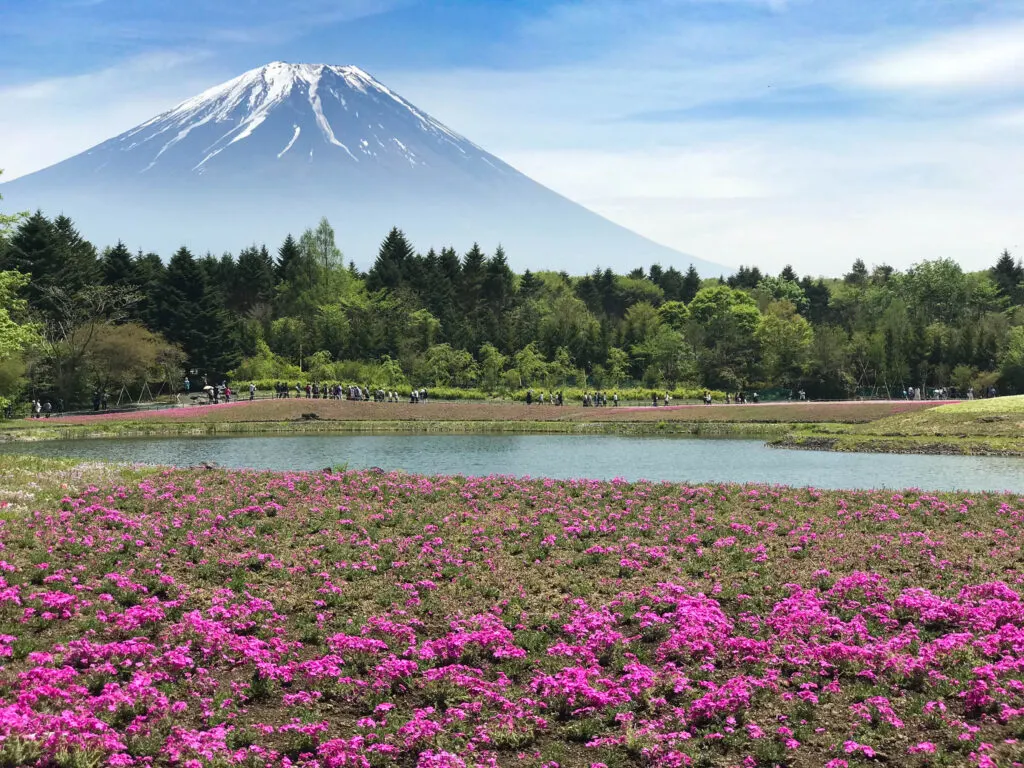
In this article:
- Mt. Fuji’s 5th Station
- Climbing Mt. Fuji
- One Day Mt. Fuji
- Cost to Climb
- Best Places to See Fuji
- Best Time to Visit
- Getting There
- Where to Eat
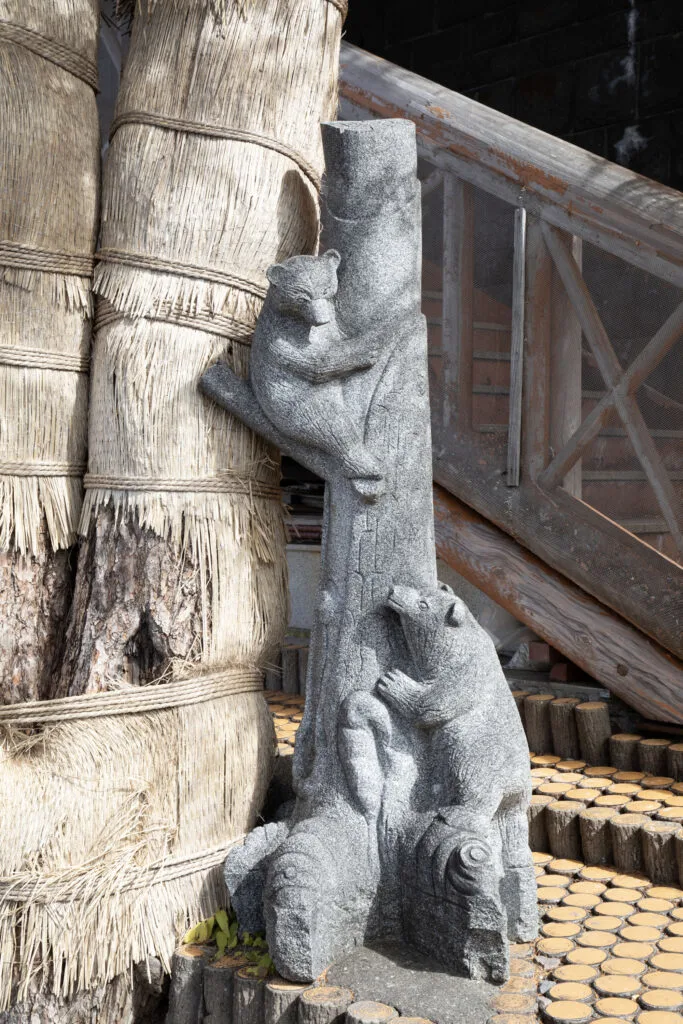
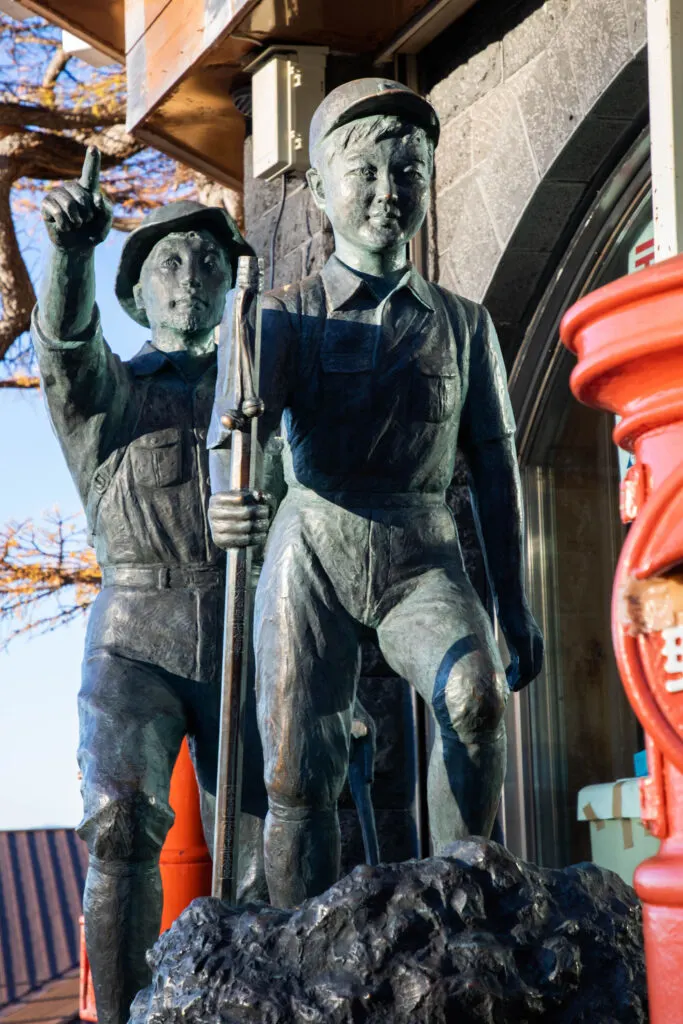
Mt. Fuji 5th Station
When we visit, we always head to the 5th Station, and even though there are usually plenty of people around, parking isn’t a problem (although the road is closed during hiking season).
In fall, the road is lined with trees in all stages of fall foliage, from just beginning with a tinge of color, to too late, the leaves had fallen. However, the majority of the trees are dressed in brilliant yellows and oranges.
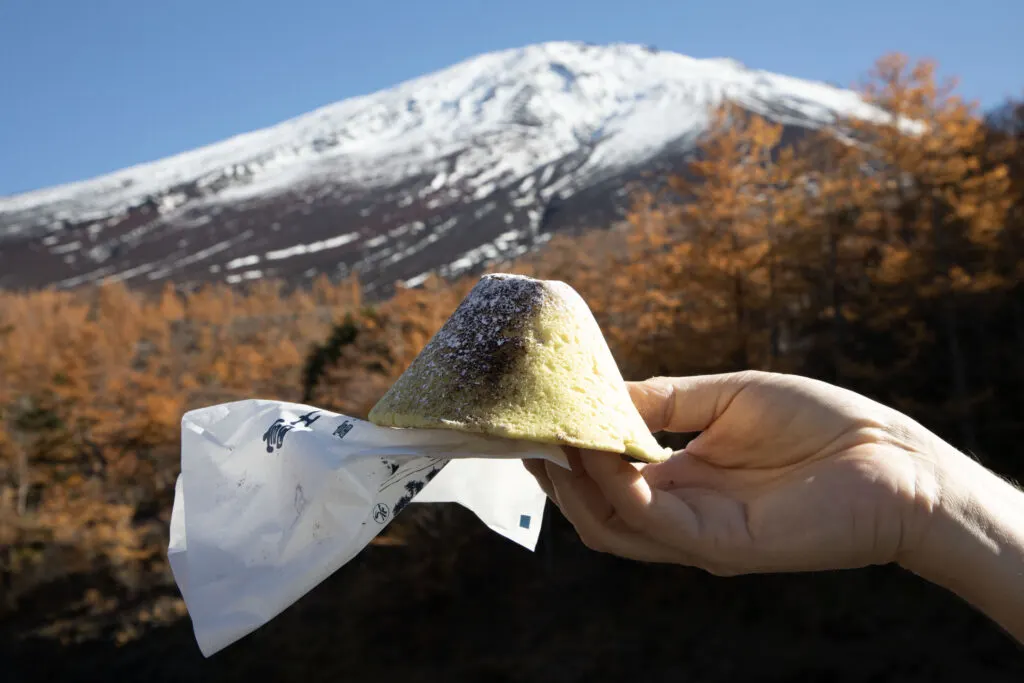
Along the 20-kilometer route, there are a few turnouts, some with bathrooms. We have stopped at a number of them, chasing the views of the mountain, using the vending machines for some hot coffee or cocoa, and of course, using the facilities.
Fujisan is often off and on covered with clouds. They wisp over it, and quickly too. The clouds move so fast that we spotted a great photo shot, headed straight there, maybe five minutes out, and by the time we got to the spot, the mountain was gone. Until you see it happen, it’s hard to believe how quickly this gargantuan volcanic mountain can just disappear into thin air.
At the 5th station, you can visit the park ranger station and watch a 25 minute Fuji video in English, as well as hire horses for either a picture or a ride, eat some lunch or a just snack, and of course shop for all kinds of souvenirs. We did, but first, we wanted to visit the Komitake Shrine.
After spending quite some time at the temple, we wandered about the station in and out of shops, gawking at the many Fuji souvenirs on sale. There was everything you could expect from toys to t-shirts, cookies, and other wrapped treats from sake to postcards. Everything is Fuji-themed and whether you buy or not, it’s so much fun looking at all the unique ideas for gifts and mementos.
If you enjoy unique things you can only do in Japan, check out this podcast!
One thing we couldn’t resist is the Fuji cake. You cannot miss the signs offering it, as well as the tempting smells. It’s melon-flavored and therefore colored green, with a chocolate topping, and of course powdered sugar on the peak. It looks like Fuji. We bought one for 260 yen to share with our “milk coffee” for 150 yen we bought out of the machine.
Power Tip: Most meals and food items are sold at a stand where you pay by machine. The vending machine takes your money, gives you change, and a ticket which you are meant to give to the server. This is a common sight when you are buying foods like ramen around Japan.
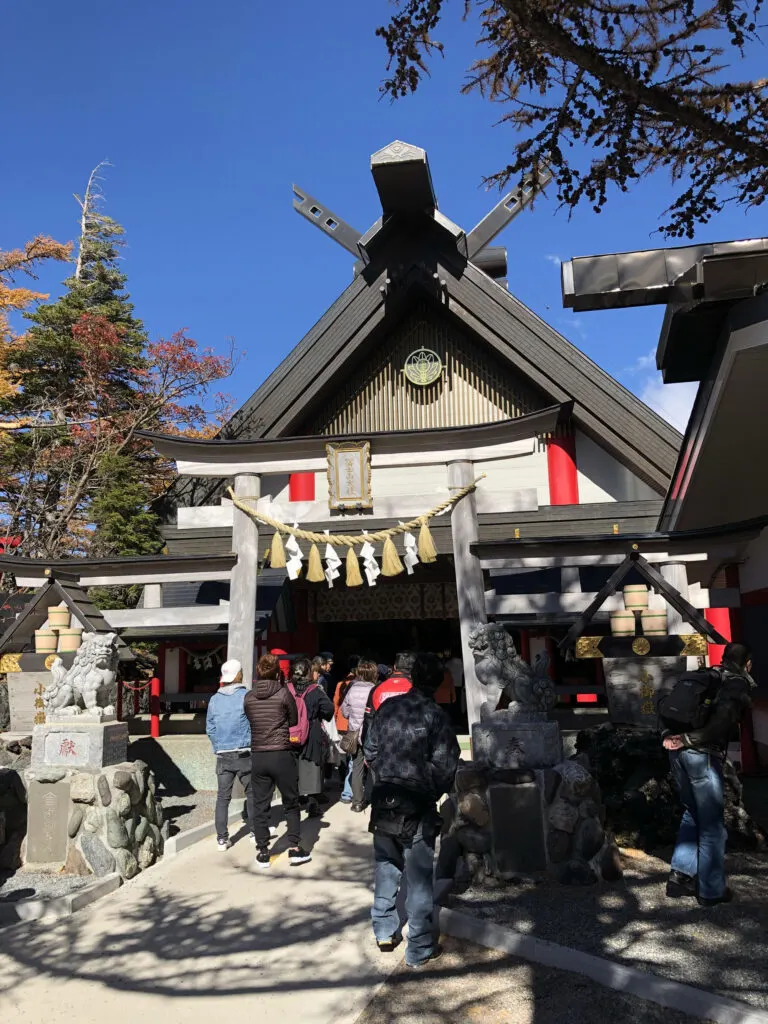
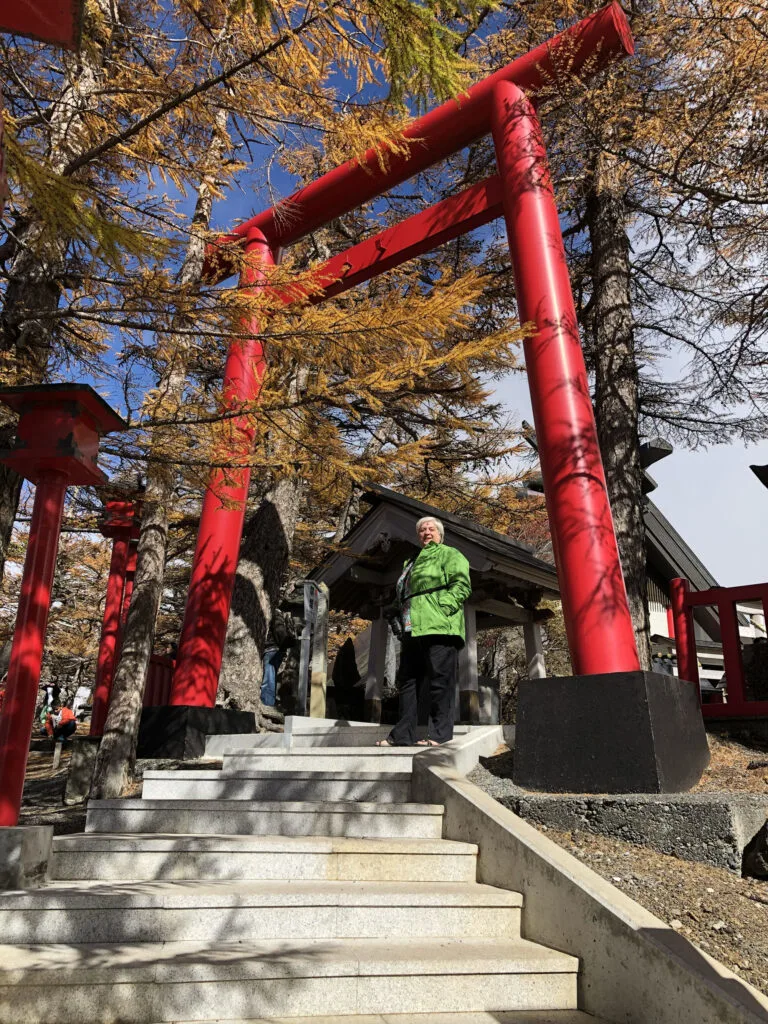
Komitake Shrine
The Komitake Shrine dates back way before Station 5 became such a go-to place. For millennium, locals revered Fuji and the shrine has been attracting pilgrims for most of that time. Officially established in 937, it is an extremely popular spot for worship, as well as a beautiful picnic ground right outside, with supreme views of the mountain.
Power Tip: If you are traveling around Japan, a popular tourist souvenir is buying a “stamp” book. Shrines and temples typically will have a stamp that you can get put in your book. Many people also will jot notes about their visit, and even paste in a photo they’ve printed. The Fuji books are elegantly embroidered with two different covers, one with the mountain and one that has the god. To get your book stamped, bring it up to the window, and give them a donation of about 200 yen (many times there is a sign telling you how much).
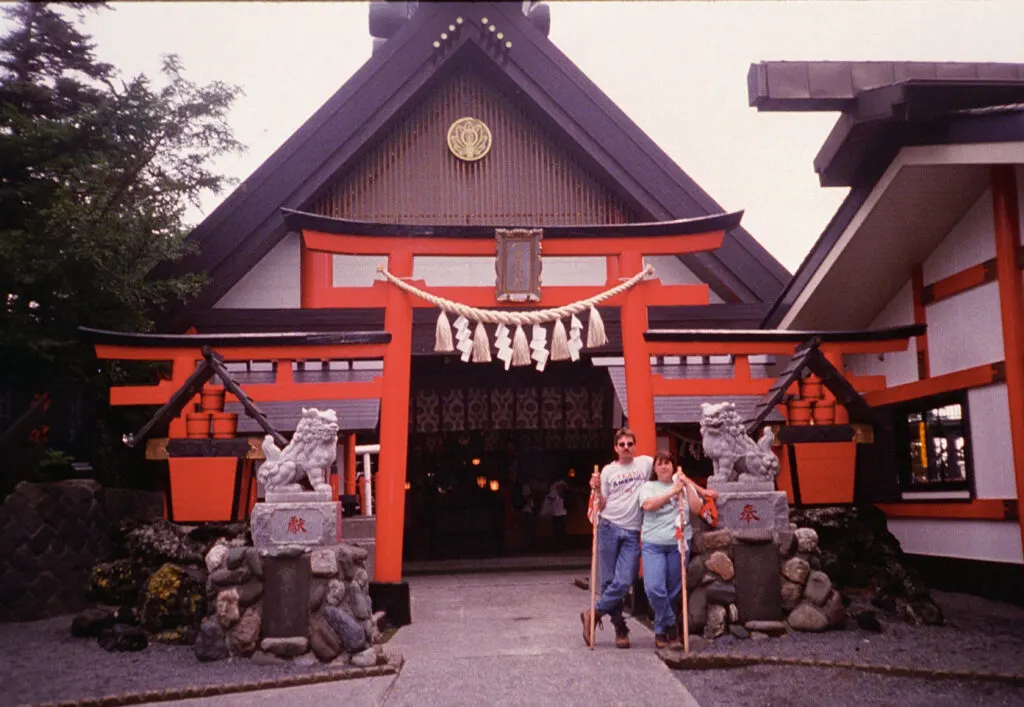
Climbing Mt. Fuji
Climbing Fujisan is a once-in-a-lifetime experience, and it’s on many a Japan bucket list. It was on ours and we did it!
During your climbing tour or trip, you will often hear repeated the old Japanese proverb, “A wise man climbs Mt. Fuji once, only a fool climbs it twice,” over and over again, and once you’ve climbed Fuji, you feel the truth in it.
There are four climbing paths up Mt. Fuji, but the most popular is the one we took, the Yoshida trail. It’s supposed to be the easiest. I have to say, if it is, they are all much harder than I could have imagined.
Of course, we didn’t do it the way I would suggest you do it, unless you’re made of much heartier stock than I am.
We started about 8:00 PM, which in hindsight should have been my first clue that I was going to have a rough go at it.
First of all, with such a short climbing season, the path was packed. It was person to person the entire way. On the steeper parts, I felt like I was being pushed by the people behind me.
You see, about 400,000 people climb the mountain each year with the goal of reaching the summit in time for the sunrise. This was our goal as well, but I think there is an easier and more fun way to do it than I did.
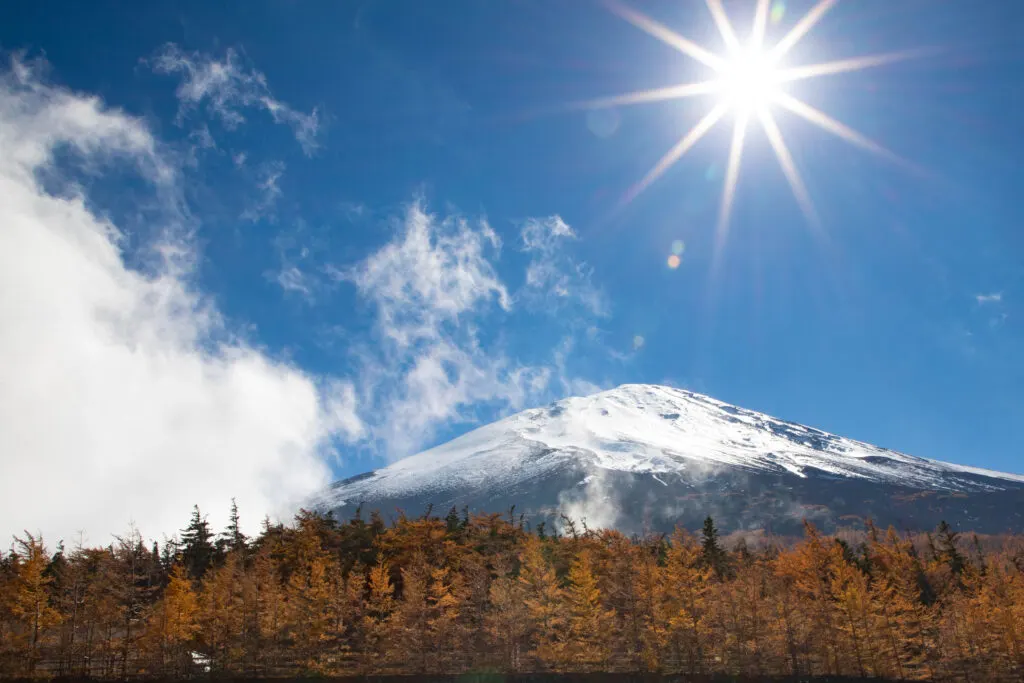
At any rate, as soon as we started, we realized that the path was often through what I would say was about 10-12 inches of gravel-sized lava rocks. We had great hiking boots, so our feet were protected, but it added the difficulty of sinking into the rocks and pulling our feet up through them to take the next step.
This got even more difficult when it was pitch dark, and we were climbing only with our headlamps and flashlights.
Along the way, there are more stations, and at the stations you can stop, take a break, buy oxygen if you’re feeling lightheaded, or even sleep in a wooden cabin. The beds are double-deckers and everyone packs into them, Sleeping Beauty style.
I did sleep in one for about four hours, but Jim went on ahead getting to the summit a few hours before sunrise, freezing his you-know-what off. That is one of the harder things to deal with.
While climbing, you are sweating, but it’s cold outside and as soon as you stop, you freeze.
The day, or should I say the day after we hiked all night, the sunrise was spectacularly orange. Sitting on the side of the mountain, even with the other few hundred people, listening to the monks chant and bells ring, was mesmerizing.
Yes, it was worth the trip!
Heading down the mountain, was much faster of course, and we couldn’t wait to tuck into some hot noodle soup before boarding our bus to go home and take a nap.
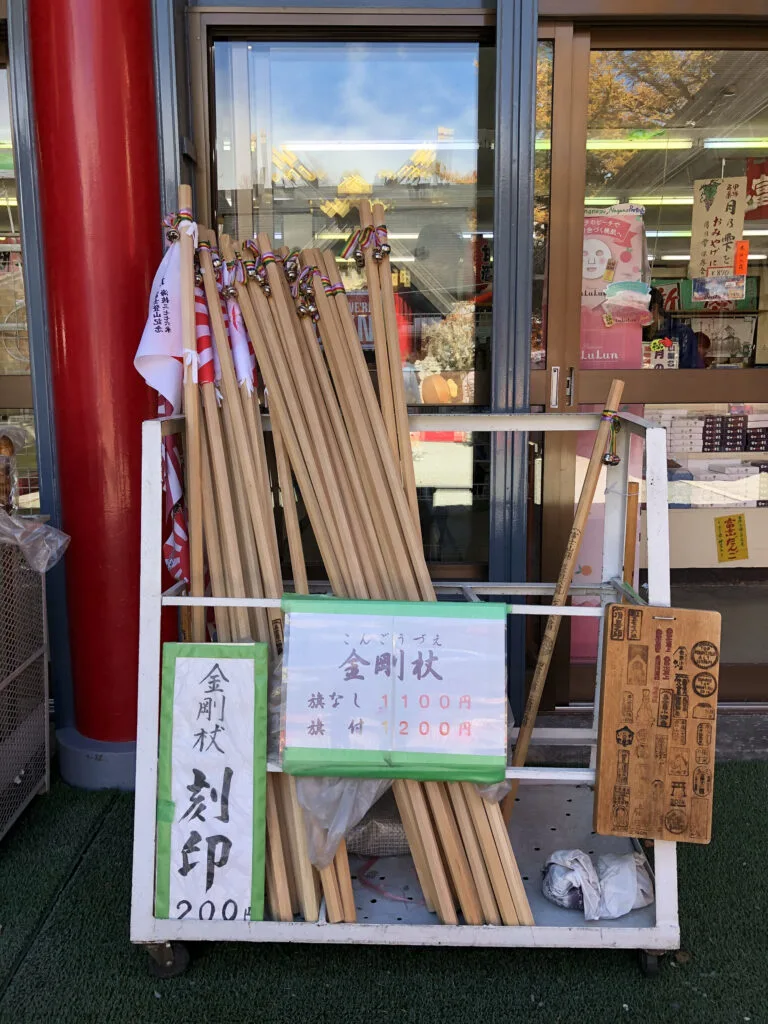
One Day to Climb
What would I do differently next time? I didn’t like hiking at night. At all. Jim didn’t mind it, so that’s why he didn’t sleep in a hut, but it’s just not me. It only takes one day to climb the mountain, about six to eight hours, so in that way it’s pretty easy.
I would start much earlier in the day, make it to one of the stations closer to the summit, and make reservations to spend the whole night in the hut.
The huts are not luxurious, but they are flat. They do provide blankets, and if you’re with someone you can snuggle up with them. I didn’t get much sleep, but it was a better option than hiking all night long.
The hut hosts wake you up in time to summit before the sunrise, so unless you completely ignore the other hikers noise you don’t have to worry about missing it.
I do believe, if I had done it this way, I would look back on it much more fondly. However, I don’t regret doing it, and Jim absolutely loved it. If you’re interested in doing it, just know yourself and what will work best for you when choosing how you are going to hike it.
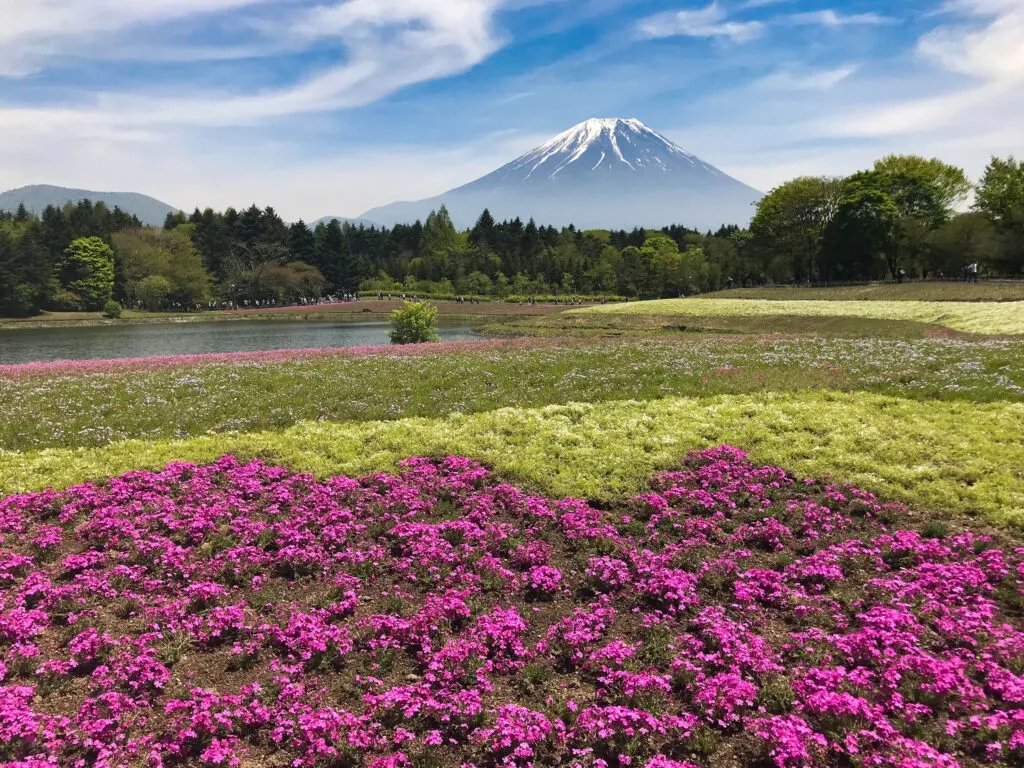
The Cost of Climbing Mt. Fuji
There are a couple of ways to climb Mt. Fuji. We took a tour bus that basically just got us there and took us back to our hotel, but you can also take the train and bus (see below). The total transportation cost will be about 3,000 yen (about $30 US) for each adult.
If you choose to stay in a hut, they run from about 50,000 – 80,000 yen per person per night. And don’t forget, they are NOT luxurious at all. Bare bones, a wooden bed to sleep in with all your fellow cabin-mates, but oh, so worth it!
The one souvenir you must buy is the Mt. Fuji walking stick. You can get them at the 5th Station for about 1,100-1,200 yen. Then you start collecting the wood-burning stamps as you snake up the mountain. Each one costs at least 200 yen, and some of the more fancy ones go higher. You can budget it out, but we collected over 10 stamps, even though we could have gotten many more, so bring cash.
Interesting Mt. Fuji Facts
- Height: 3776 meters (12,388 ft.)
- Last erupted: 1707
- Women couldn’t climb until the year 1868. (source)
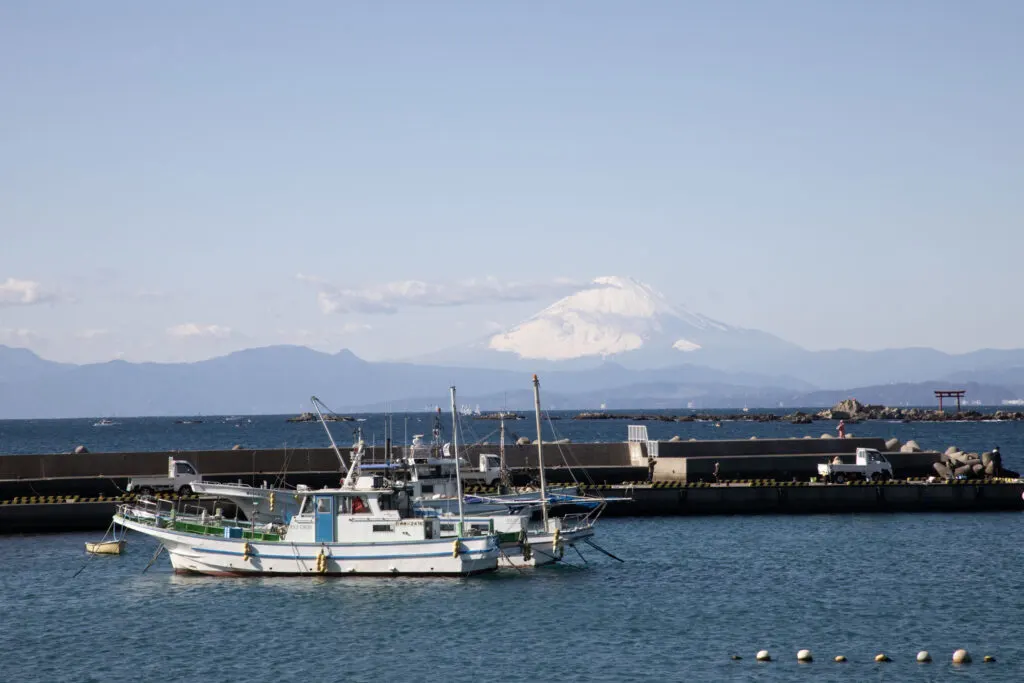
Best Places to See Mt. Fuji
There are so many places to view the mountain, but some are much more impactful than others. Additionally, it depends on how clear the day is. Winter days are best for viewing because most days are clear and cold.
Here are some of the places you can see and photograph Mt. Fuji:
- Tokyo
- Haneda Airport
- Kawaguchi Lake
- Chureito Pagoda
- Lake Ashi
- Enoshima Sea Candle
- Mt. Takao
- Shinkansen (Tokyo to Osaka or Kyoto)
- One of the five lakes
- Fuji Mutsuko Resort
- Various places along the Izu Peninsula
Tokyo
Sometimes you are riding the train and you just glance out of the window, and there is Mt. Fuji. Also, if you get up high, you can almost always see the mountain.
Some of the places to view it from Tokyo include:
- Tokyo Tower
- Tokyo Skytree
- Tokyo City Hall
Haneda
Surprisingly, one of the best views is from the Haneda observation deck. The deck is huge. It holds plenty of people, and whenever we’ve been there, there’s always people. There are information placards to tell you all about the views in the surrounding area.
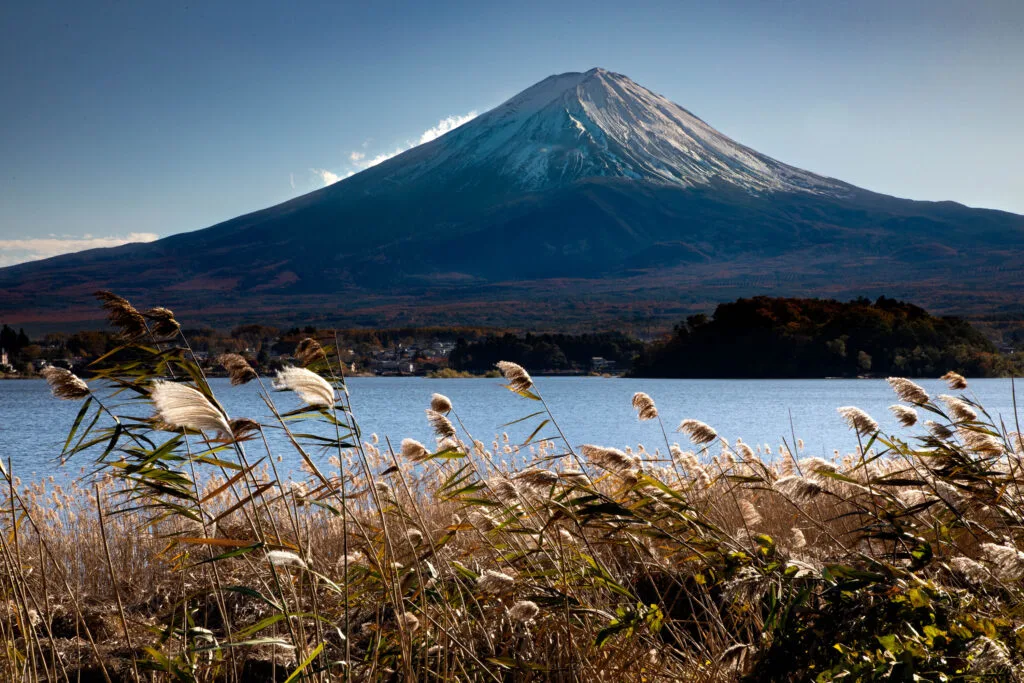
Kawaguchi Lake
This is one of our favorite spots to chase Fuji views. There is a road around the lake that you can bike or drive that will give you some spectacular views all year long. More in town, you can walk the edge of the lake on a walking path with a small temple and lots of people.
Chureito Pagoda
Another favorite of ours, Chureito Pagoda is gorgeous all year. However, we love going either during cherry blossom time or during the fall. The views of Mt. Fuji are epic!
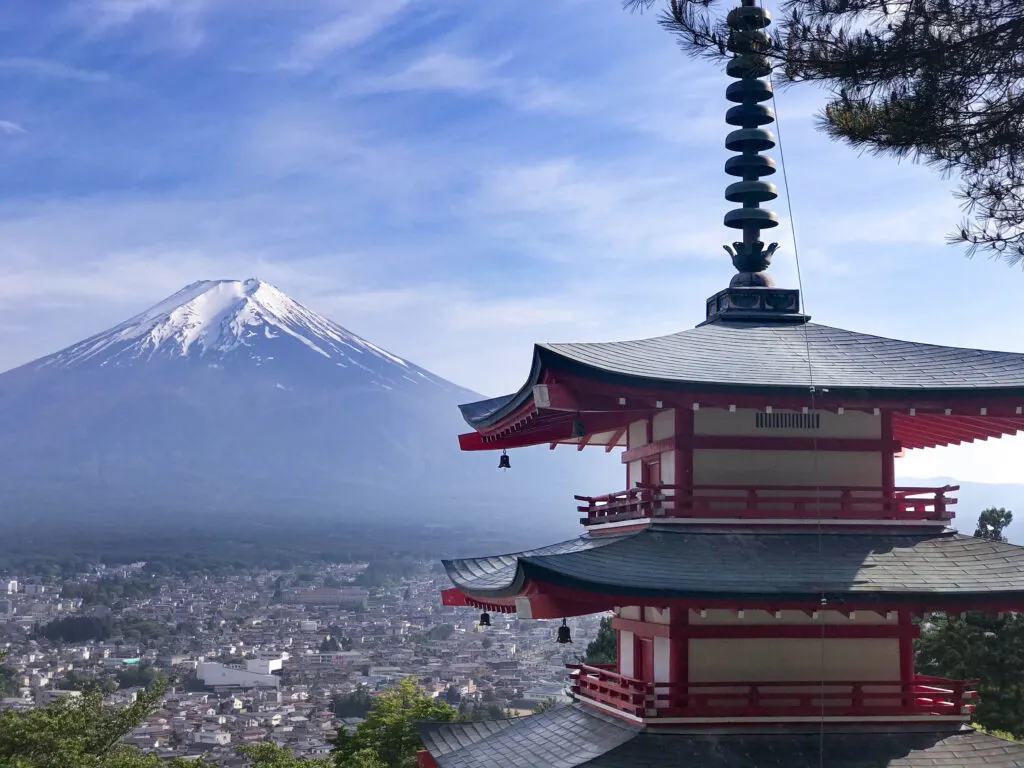
Lake Ashi
Hakone is known for the Fuji Hakone National Park, and Lake Ashi or Ashiko is one of the many things in the park to visit. You can get a great, towering view of Mt. Fuji. Many people take a boat on the lake and get shots from there, but just from the shore the views are stupendous.
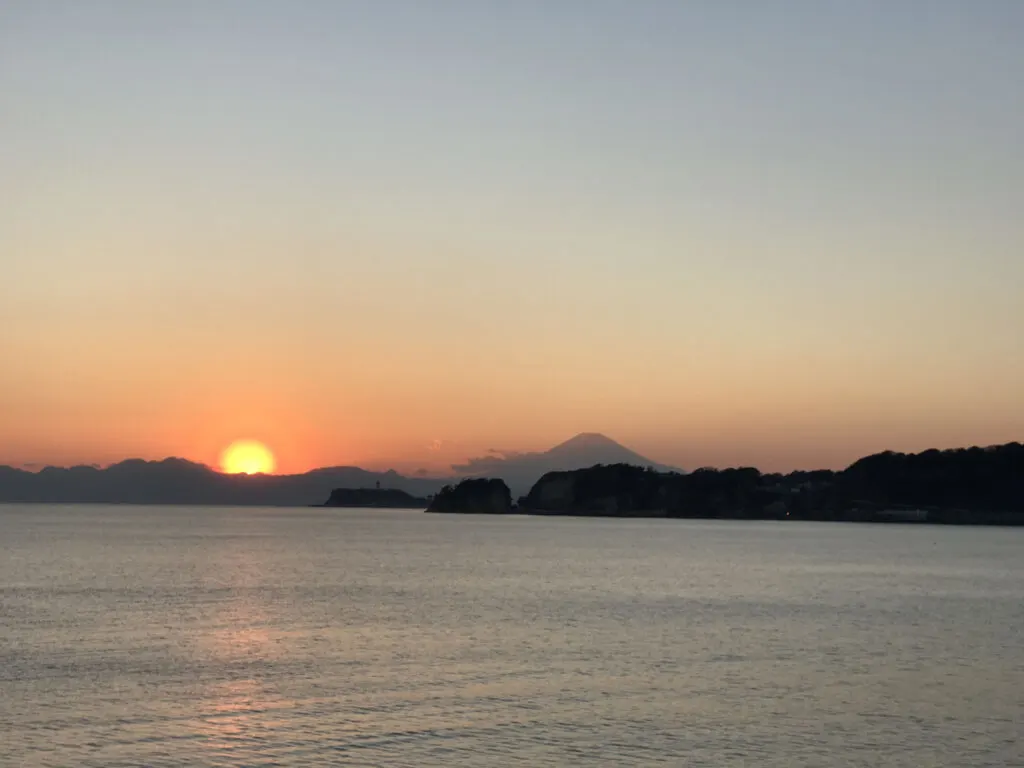
Enoshima
Climbing the Enoshima Sea Candle or wandering the paths, gives you plenty of opportunities to see the mountain. My favorite is seeing it at sunset, because the colors are usually so vibrant!
Mt. Takao
The views from Mt. Takao are breathtaking in every direction, and yes, one of the best is of Mt. Fuji.
Shinkansen (Tokyo to Osaka or Kyoto)
There’s nothing like taking a luxurious ride on the Shinkansen out of Tokyo and looking off on the left to see the mountain in all its glory.
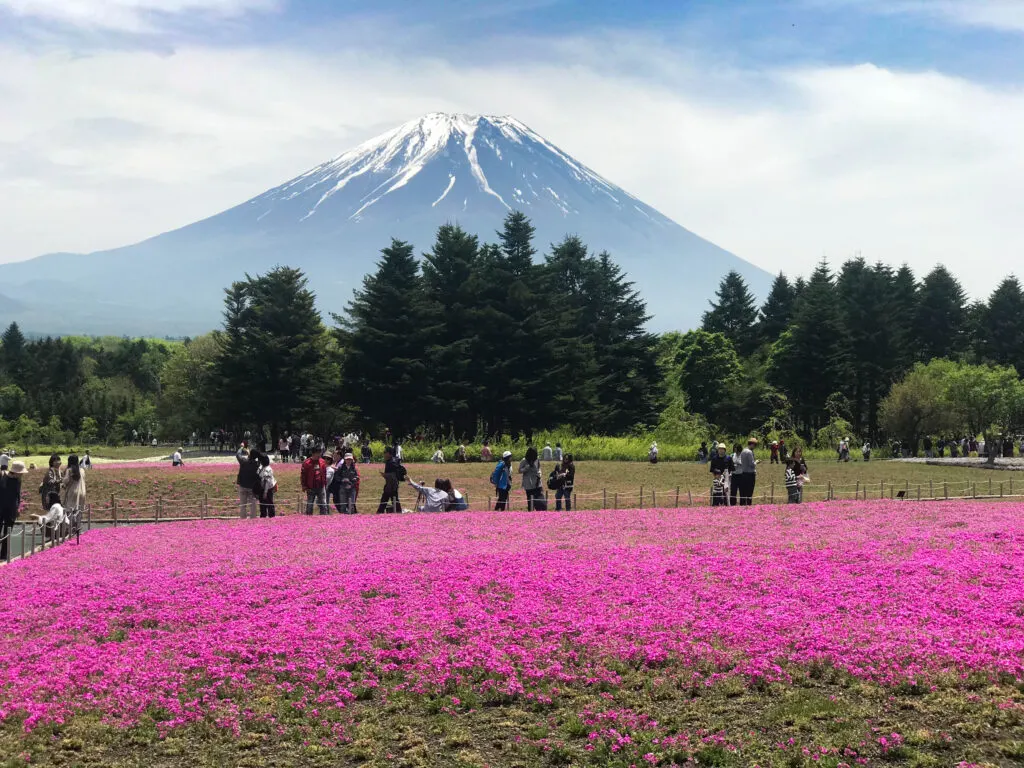
Fuji Mutsuko Resort
This is a paid option, adults around 800 yen each. However, for some of the most stunning views of the mountain with flowers, you just can’t beat it.
One of the Famous Five Lakes
There are five lakes that have wonderful views of Mt. Fuji. To get to them, though, you pretty much have to drive. The five lakes are Saiko, Yamanakako, Shojiko, Motosuko, and Kawaguchiko (mentioned above).
Various Places on the Izu Peninsula
Living in Kamakura, we were always driving around on the gorgeous Izu Peninsula, and we were often gifted with yet another amazing view of the mountain.
Best Time to Visit Mt. Fuji
If you are going to climb Mt. Fuji, you only have between mid-July to mid-September, so there’s not much choice. During this time of year, the weather is hot at the base and gets cooler as you ascend. Make sure to wear good layers!
However, if you just want to visit the mountain, the 5th station is open all year-round. During the winter, it might close down when the road gets too dangerous, but it doesn’t stay closed for long.
Getting to Fujisan
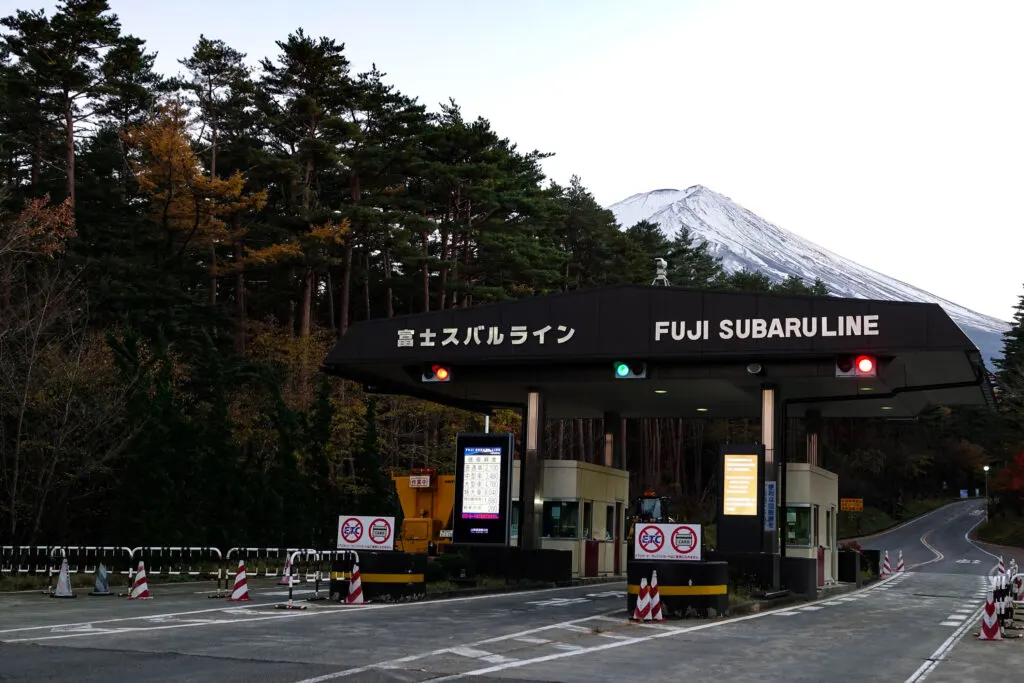
Driving to Mt. Fuji
To drive there, you need to take the Fuji Subaru Line. Once off the highway, you need to get on the Fuji Subaru Line road, which is tolled.
The entrance to the park highway was 2060 yen for the car, so about $20.00, and they do not take credit cards. So if you are driving, make sure you bring cash.
Along the way, you can visit the Fujisan World Heritage Center which has plenty of displays, artifacts, souvenirs, and of course, snacks.
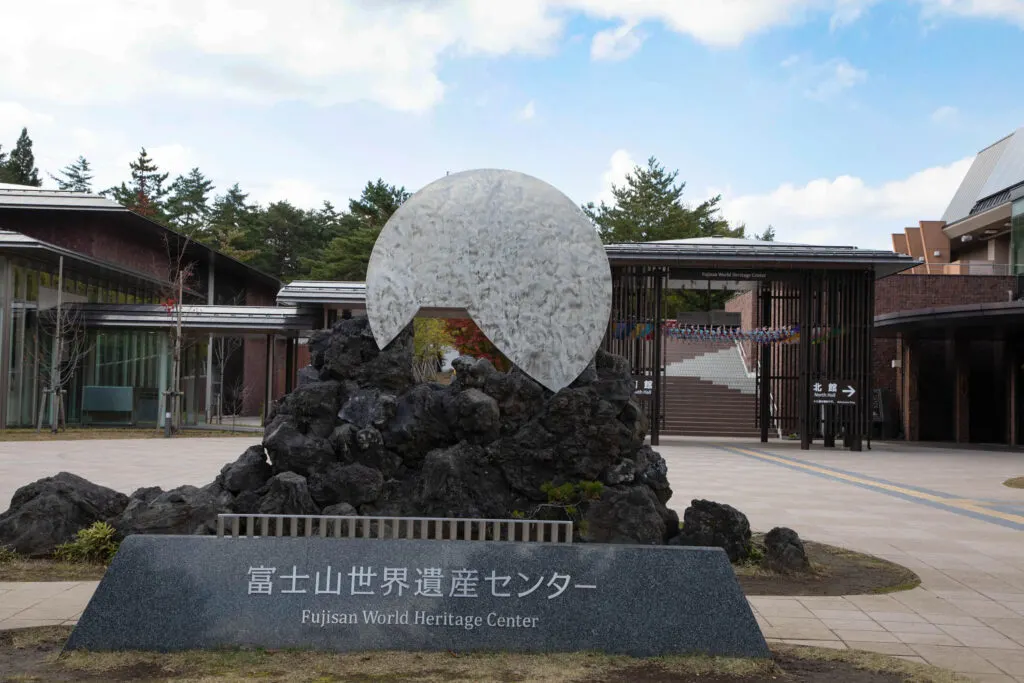
Taking the Train to Mt. Fuji
The Fuji Excursion train will take you from Tokyo (Shinjuku) to Mt. Fuji. From there, you must take the bus the rest of the way to the 5th station.
From any of the Mt. Fuji train stations, find the Fujikyoko bus. It runs three times a day about 2 hours apart. The returns are spaced about an hour after you arrive for departures.
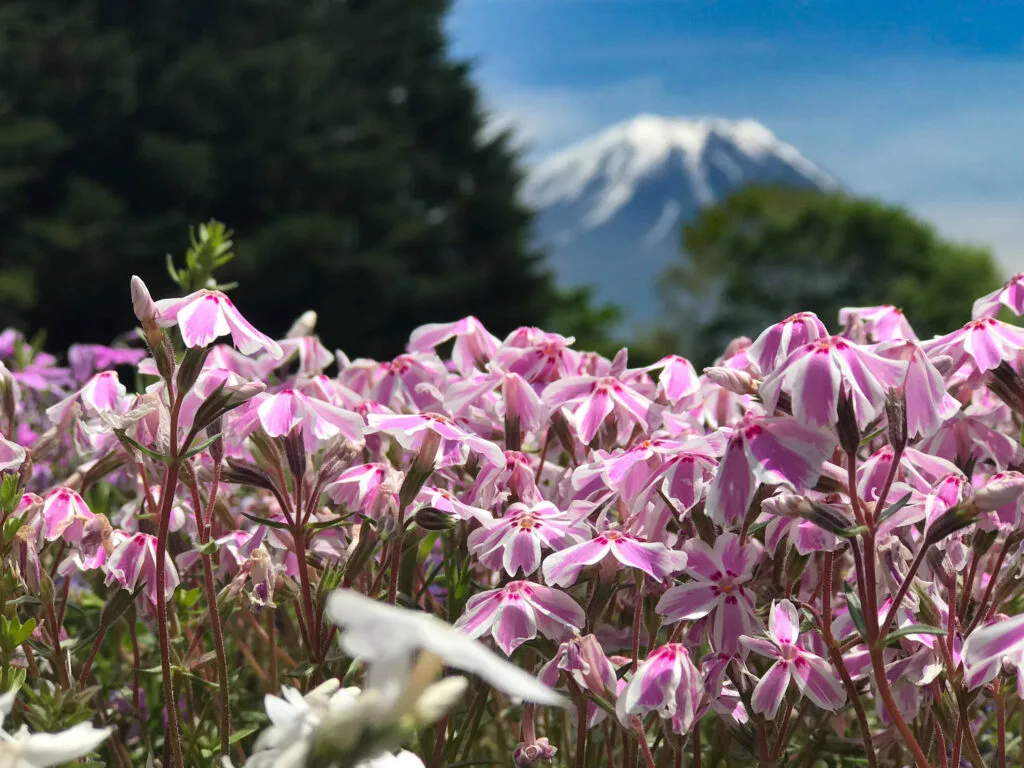
Where to Eat
There are many, many restaurants all over the Fuji area, but we always head to Kawaguchiko and have a great lunch at Tempura Ninja. What we love about them is that you can order a set lunch or you can make your own lunch, choosing the tempura options you really like!
Tempura Restaurant Ninja – address: 3729-1 Funatsu, Kawaguchiko
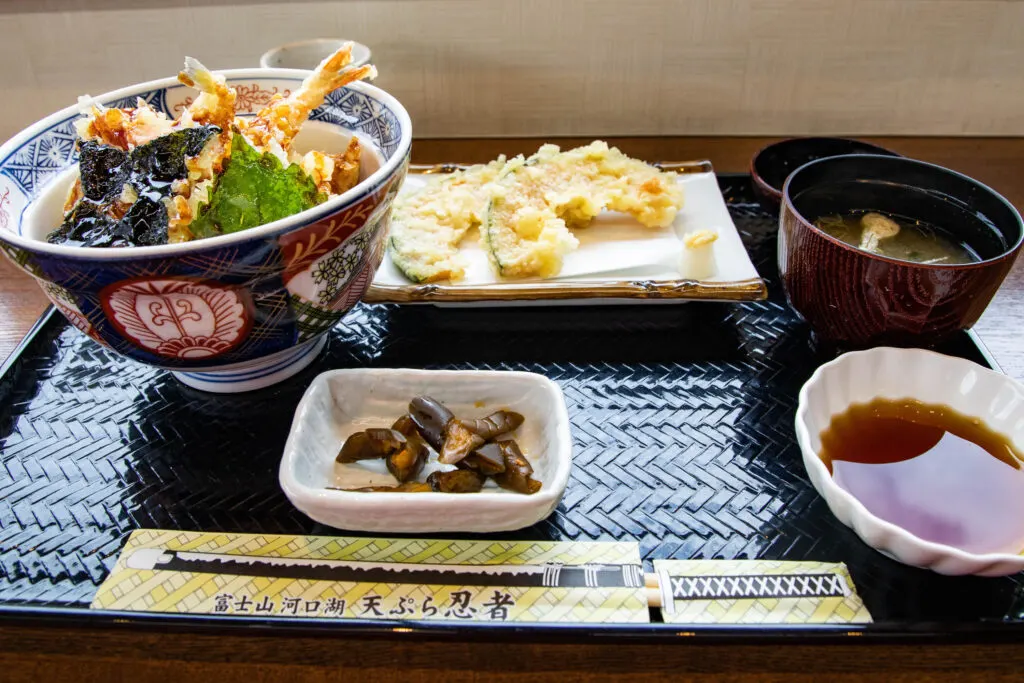
Final Thoughts
Mt. Fuji is all at once iconic, sacred, a must-see, and well worth at least a one-day trip from Tokyo. Climbing it during the season is also well worth it, but know what you want and are capable of before deciding how to hike to the summit. No matter what, visiting Mt. Fuji will be one of the highlights of any trip to Japan!

